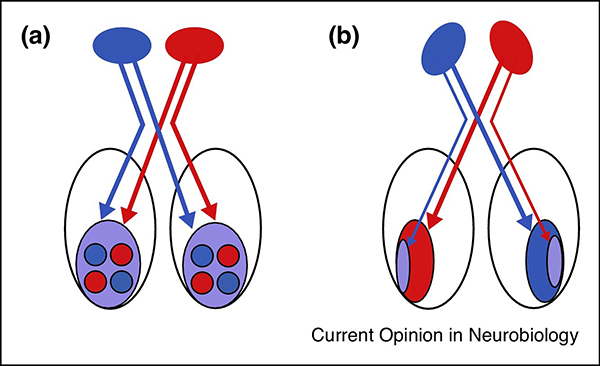Figure 1. Visual cortical circuitry and plasticity.
Visual cortical circuitry is strongly influenced by the position of the two eyes. Mammals with forward facing eyes (like cats) have large cortical regions (the ‘binocular zone’) that receive relatively balanced inputs from the two eyes (A). In the primary visual pathways, these inputs are segregated into ocular dominance columns, which are columns of neurons preferentially activated by either eye. In the binocular zone, monocular deprivation triggers competitive interactions between visual inputs that can lead to synaptic potentiation or depression. Animals with more lateralized eyes (e.g. rodents) have a much smaller binocular zone and a larger monocular zone, which only receives inputs from the eye contralateral to the visual cortex (B). Competitive interactions do not govern plasticity in the monocular zone[2]. Instead the immediate effects of closing the contralateral eye are to weaken visual cortical circuits.

